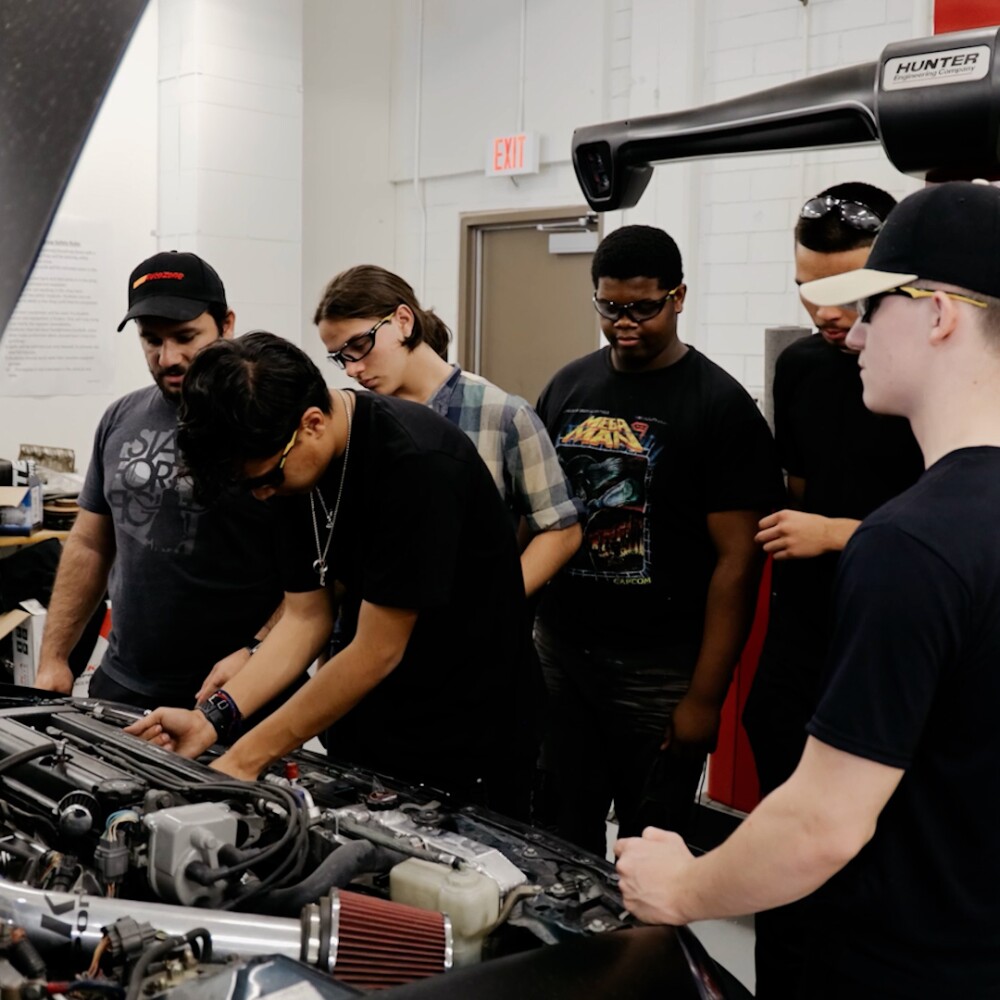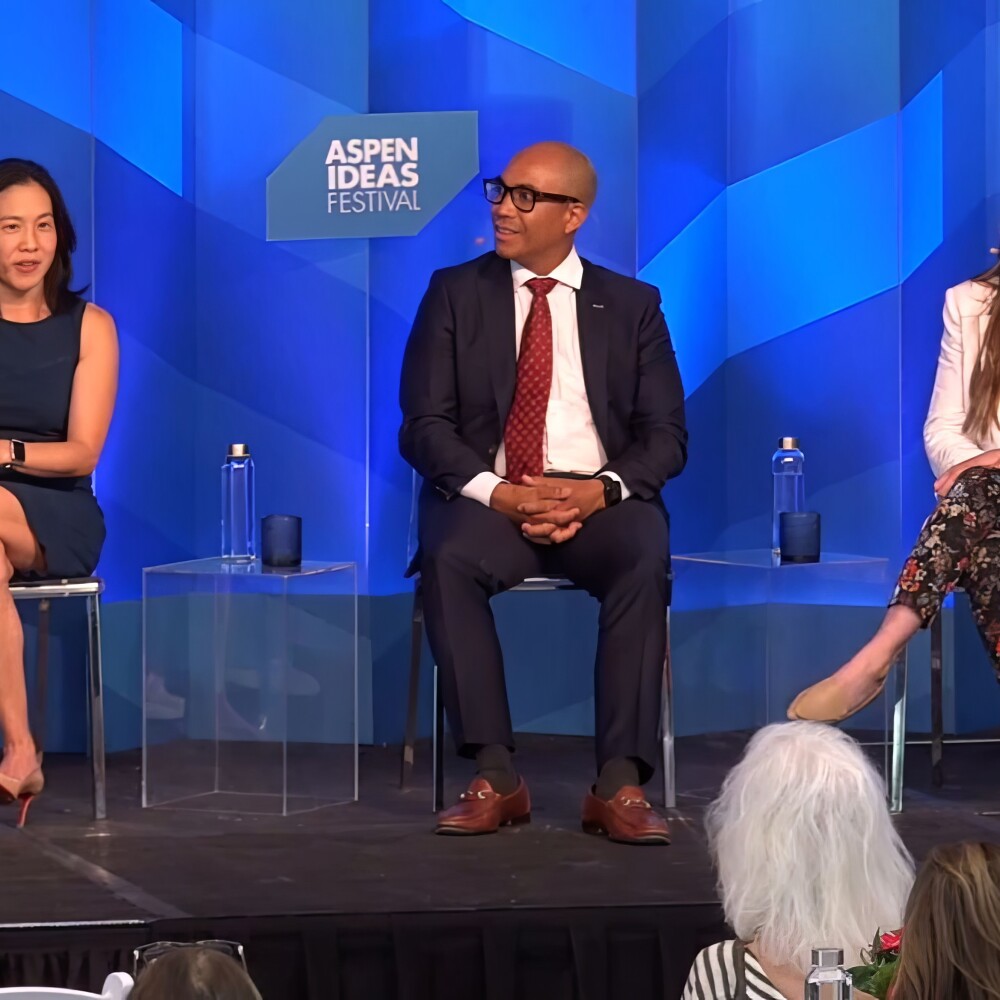There's no sense sugarcoating it. The year 2020 has been hard, especially for our children, and the full impact may not be evident for months and years to come.
Our kids have not only endured the hardship of a pandemic that has disrupted every aspect of their lives, they've lost the sense of normalcy that is usually available to them in their classrooms.
And as if that alone is not unbearable, they have heard or seen reports of brutal, senseless acts of racist violence committed against fellow human beings. For some children, these victims will be relatives, while still more will feel the pain because the victims look like they do.
As schools, workplaces, places of worship and – really – life as we know it came to a sudden halt in March, education leaders, teachers and parents found themselves ill-equipped for the pivot to remote learning. And that was just in communities with well-resourced schools able to provide the equipment and curriculum necessary to continue educating kids.
The impact was far worse in places where this was not the case. At their peak, school closures affected at least 55 million students in 124,000 U.S. public and private schools. Many students were not able to receive any education at all because their schools lacked the necessary resources or their homes lacked the necessary broadband, or both.
This fall, schools and teachers will welcome those students back – either in person or virtually – with open arms but facing challenges for which they have received little or no formal training or support.
Still others found themselves with insufficient physical space for learning. Numerous household members attempted to work and learn simultaneously, competing with one another for the use of a computer and struggling to concentrate on their assignments.
Educators reported numerous stories of siblings taking turns learning because it was impossible to do so at the same time. Finally, even students who were able to participate in classes remotely felt the divide between those accustomed to using technology, those who had family members at home to support their learning, and those who had neither.
This fall, schools and teachers will welcome those students back – either in person or virtually – with open arms but facing challenges for which they have received little or no formal training or support.
COVID-19 has become a spotlight, magnifying glass and megaphone highlighting all of the tragic inequities embedded for too long in our education system.
Many students will have experienced the extreme illness or death of a family member. A number will have seen their parents lose jobs and the dignity they provide. Others will have witnessed or been victims of domestic violence, because we know rates of abuse increase dramatically when families live in close quarters for months. Far too many will have family members who suffer from stress and other mental health issues. On top of that, children are missing the typical rituals of summer – camps, community centers and parks.
It has been tough – and it is likely to get tougher.
COVID-19 has become a spotlight, magnifying glass and megaphone highlighting all of the tragic inequities embedded for too long in our education system.
What we knew before – that some students have access to quality education and others do not – has become even more true since the pandemic brought the U.S. to a halt.
These inequities in education have hurt our communities for a very long time. They are compounded by injustice that has driven entire communities to say 'Enough!' as they protest the killing of George Floyd, the many other lives lost, and a way of life that permits racism to thrive in our neighborhoods, economy, halls of government and schools.
It can seem overwhelming to think of the task we face now as a nation – the urgent need to undo decades of injustice in these institutions of American life.
But if we can fix our schools, that will produce a ripple effect and create access to jobs, homes, greater participation in government, and opportunity.
One of our nation's great leaders challenged us to understand that if we solve all of the world's problems but fail to solve the problems in education, our children will destroy what we bequeath them. But if we solve the problems in education, our children will solve the problems of the world.
At the Walton Family Foundation, we believe that is possible. That is why we will continue to work toward a day when every child can fulfill their right to quality education.
There is so much work to do. We each have a role and responsibility. If nothing else, 2020 reminds us of that.
This year is one many of us want to forget because of the struggles we have endured. We can still make it one our children will remember for the good that surfaces in its wake.
Yes, it has been a tough year, with far too much pain and heartache.
But maybe this can also be the year that forces us to collectively say, 'Enough!'
Maybe this can be the year we all come to believe that injustice done against one of us is injustice done against all; the year we say a quality education is a right and not a privilege. And maybe this can be the year, too, that we come together to embrace our differences so they give us strength, rather than divide us.
This year is one many of us want to forget because of the struggles we have endured. We can still make it one our children will remember for the good that surfaces in its wake.



